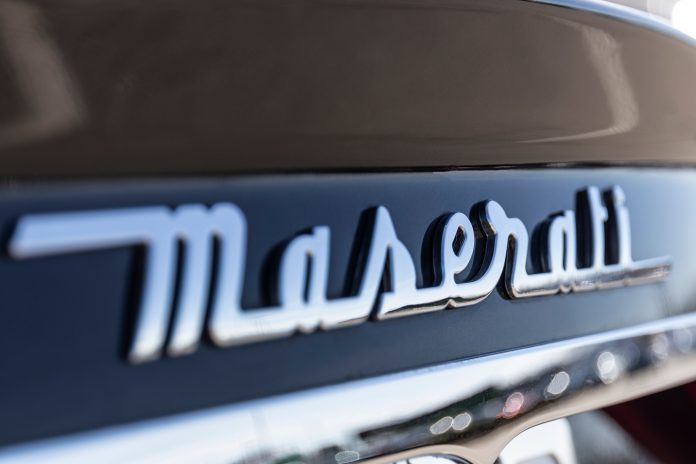Stellantis is actively considering selling its luxury brand Maserati as it reevaluates its sprawling portfolio of 14 automotive brands. Two sources familiar with the matter say the automaker is weighing multiple options to streamline operations and boost profitability amid mounting market challenges.
Earlier this year, Stellantis brought in McKinsey & Co. to assess the impact of U.S. import tariffs on Maserati and Alfa Romeo, and to evaluate strategic paths forward. Although, McKinsey has begun exploring the possibility of divesting Maserati, Stellantis has not instructed the firm to seek specific buyers for the asset. The review remains in the early stages.
Maserati’s declining performance has added urgency to the discussion. The brand’s sales dropped by more than 50% in 2024, falling to just 11,300 units. It posted a $298 million adjusted operating loss last year. The brand currently has no new models scheduled, as it awaits a new business plan, which is expected to follow the incoming CEO, Antonio Filosa’s assumption of leadership.
Further, internal divisions within Stellantis’ board have fueled the debate. Some board members believe the company lacks the capacity to successfully relaunch Maserati and prefer a sale. Others see long-term value in retaining the luxury brand and remain concerned about the reputational impact of selling it.
Chairman John Elkann initiated the brand review process before appointing Filosa as CEO. Brand viability played a key role in the leadership transition following former CEO Carlos Tavares’ resignation in December, after weak performance in the U.S. market. Tavares had previously resisted calls to eliminate any of Stellantis’ brands.
Investors and analysts continue to pressure Stellantis to simplify its brand structure, arguing that a leaner lineup would improve margins. Stellantis shares have lost nearly two-thirds of their value since March 2024.
Industry observers suggest that Chinese automakers such as Chery could be potential buyers. These firms are seeking to expand in Europe by acquiring established brands, similar to SAIC’s 2007 purchase of MG Motor and Geely’s 2010 acquisition of Volvo Cars.
As Stellantis prepares for new leadership and navigates a shifting global landscape, the company appears increasingly willing to reset its priorities and refocus on brands it can support and grow sustainably.




